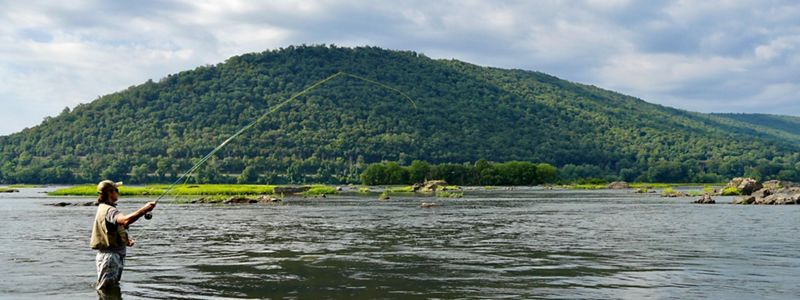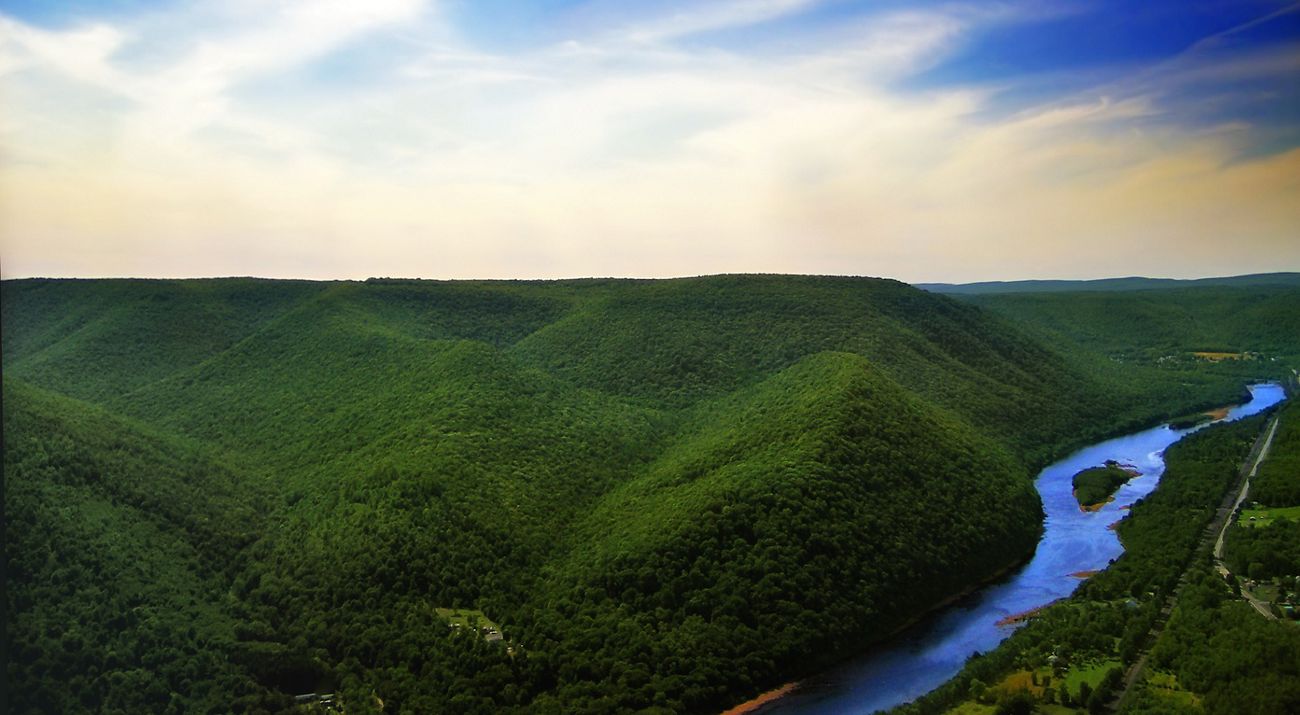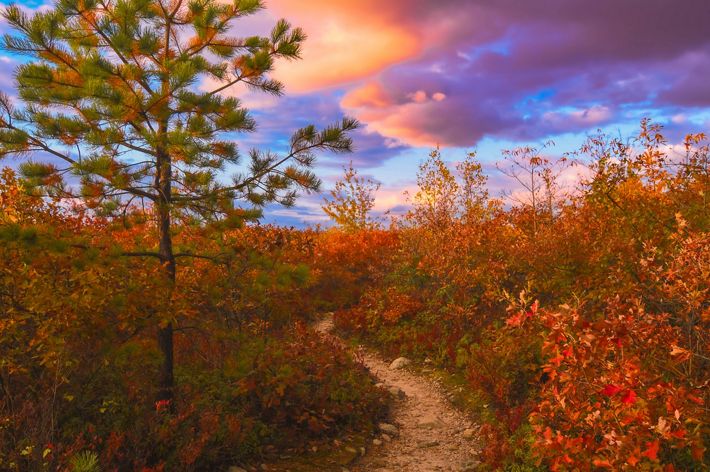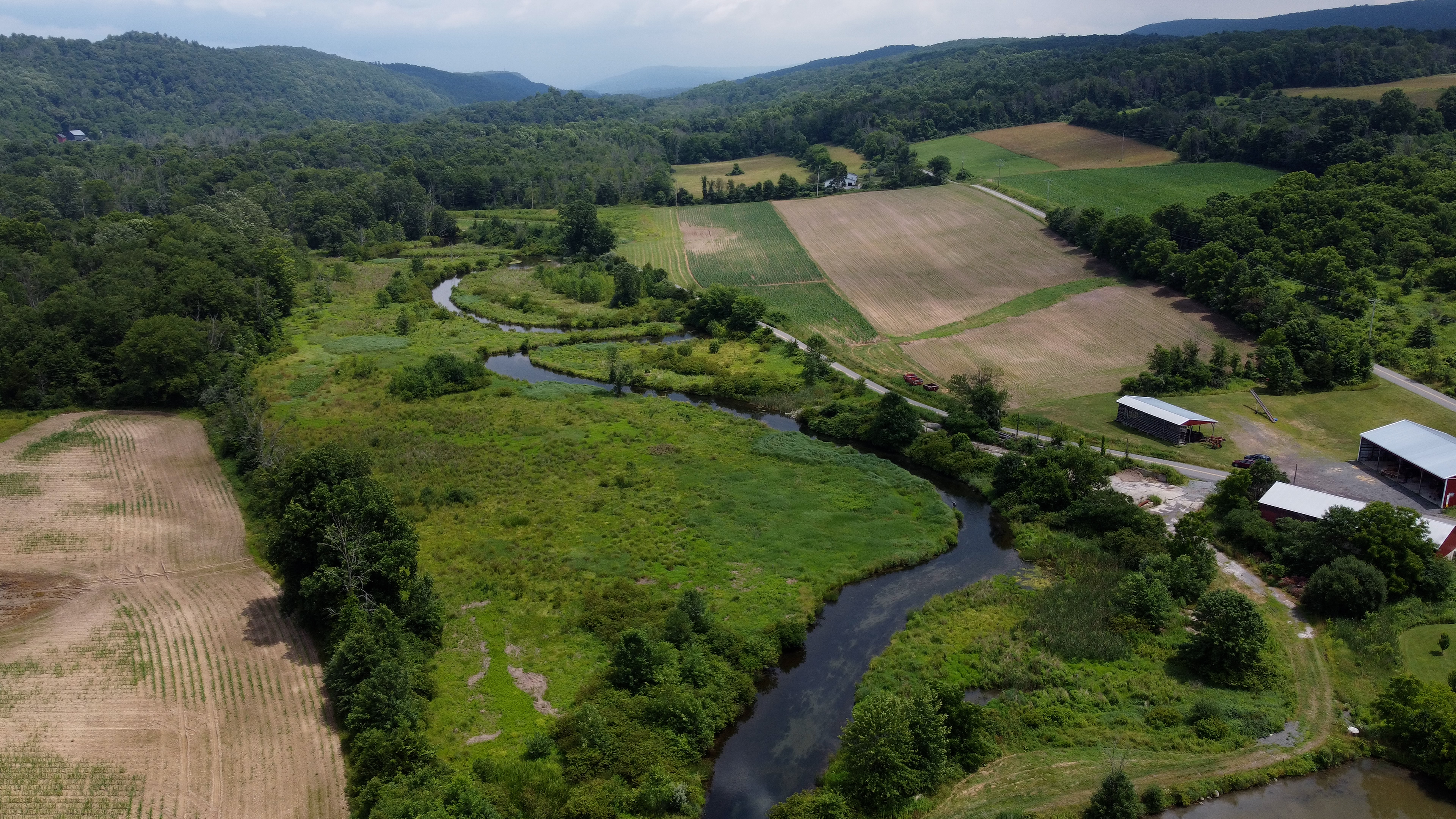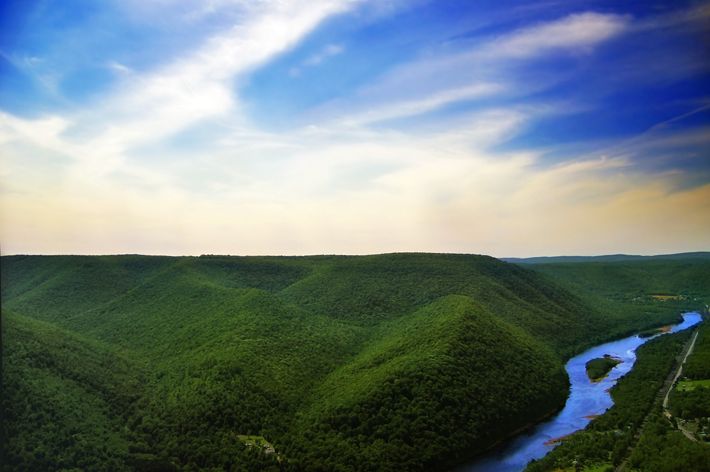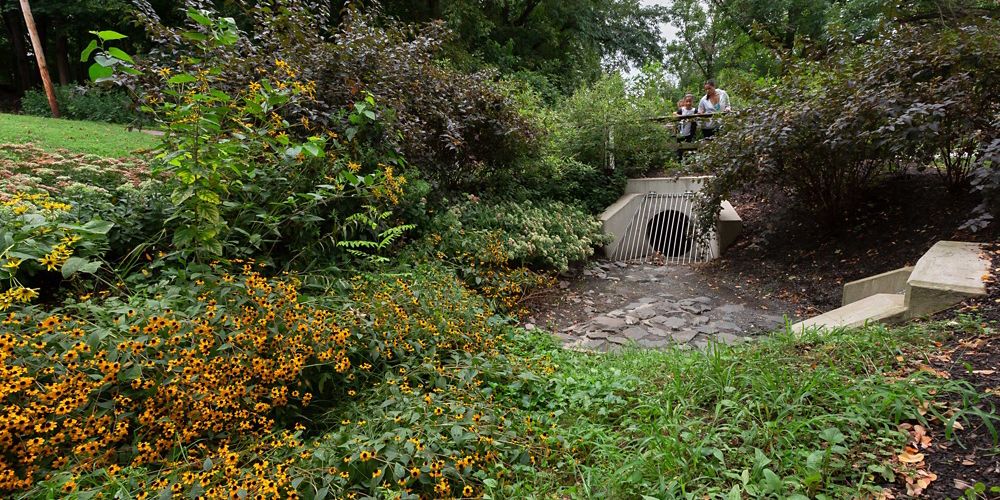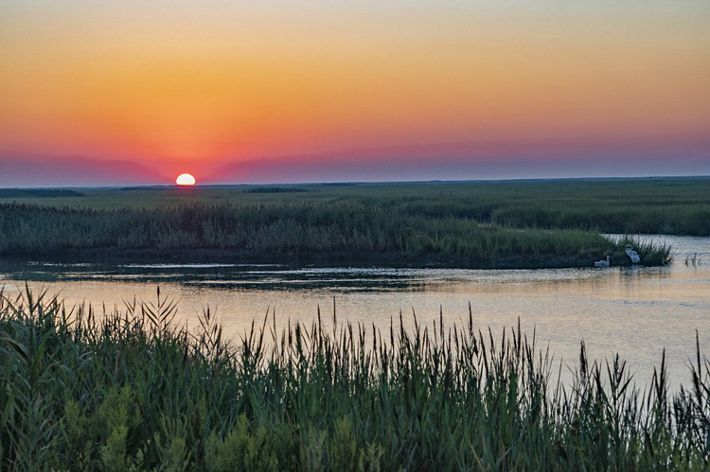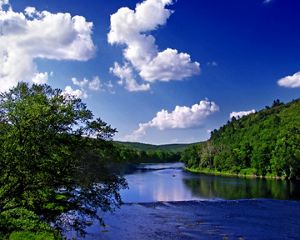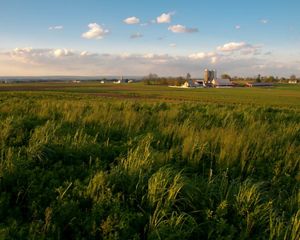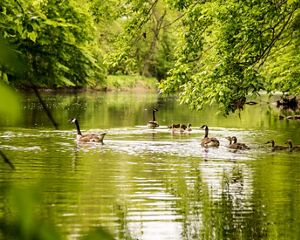Freshwater ecosystems connect us all. Protecting our rivers, streams and wetlands is essential for maintaining clean drinking water and species biodiversity. Yet these aquatic systems remain threatened due to the threats of development, pollution and a changing climate. Since 1970, it is estimated that the world has lost nearly one-third of its freshwater resources.
In Pennsylvania and Delaware, TNC partners with state and federal agencies, community organizations, farmers, private landowners and other environmental partners in order to improve water quality. We deploy nature-based solutions to deliver benefits for both people and nature that will be durable and long-lasting, designed with equitable outcomes in mind.
Our Freshwater Goals
TNC works with its partners in Pennsylvania and Delaware to:
Delaware River Headwaters
We are working across the Delaware River headwaters to ensure the health of this critical ecosystem.
Flowing through New York’s Catskill mountains, Pennsylvania’s Poconos and the New Jersey Highlands, the Delaware River provides high-quality drinking water to more than 13 million people across four states, including residents of New York City and Philadelphia.
Home to an incredible diversity of fish, wildlife and scenic vistas, the Delaware River Basin supports coastal communities with commercial fisheries and river towns with robust tourism revenue. Its floodplains reduce the impacts of flooding on homes and businesses downstream. Upriver, tributary streams are cold, clear and full of fish.
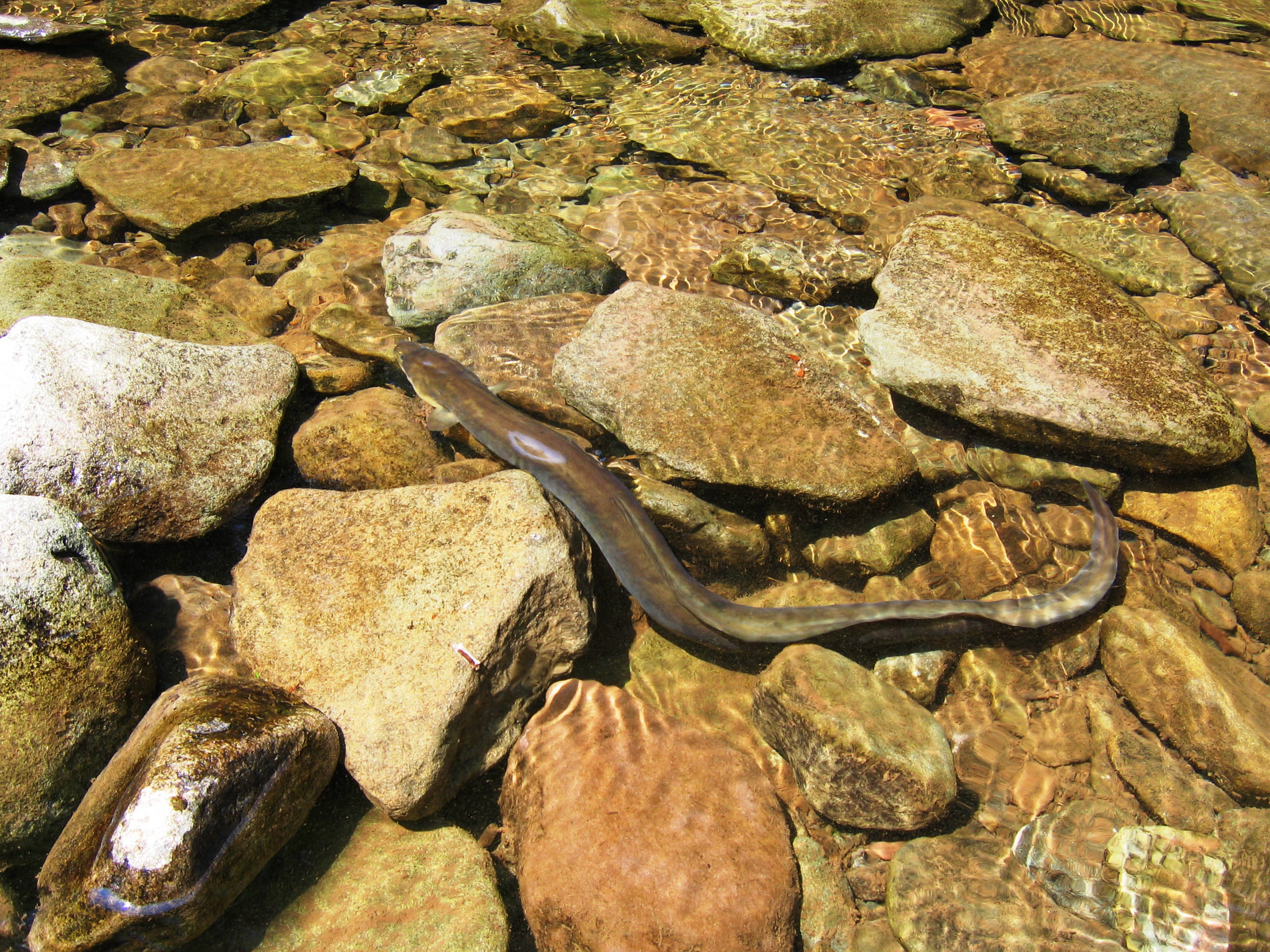
Eel Research
After being delayed due to flooding from Hurricane Ida, the American eel outmigration tagging study has launched. The Delaware River mainstem and its Neversink River tributary present a unique opportunity to study the natural behavior of outmigration in adult American Eels, due to the lack of mainstem dams and the existence of multiple commercial eel weir fisheries. TNC, Delaware State University and NY Department of Conservation are working together with American eel weir harvesters in the Upper Delaware watershed to develop a robust understanding of the factors mediating the migration behavior in this enigmatic and important species.
The USFWS, TNC, American Rivers, New Jersey Department of Environmental Conservation, PA Fish and Boat Commission, the Philadelphia Water Department and Delaware River Keeper have just formed a Schuylkill River Fish Passage Workgroup. A key outcome of this workgroup is to begin to implement the priority fish passage improvement actions outlined in TNC’s Restoration Roadmap. The formation of a group such as this was also a key strategy outlined in our strategic plan. The Schuylkill River is considered the most important tributary in the Delaware River for the restoration of American Shad.
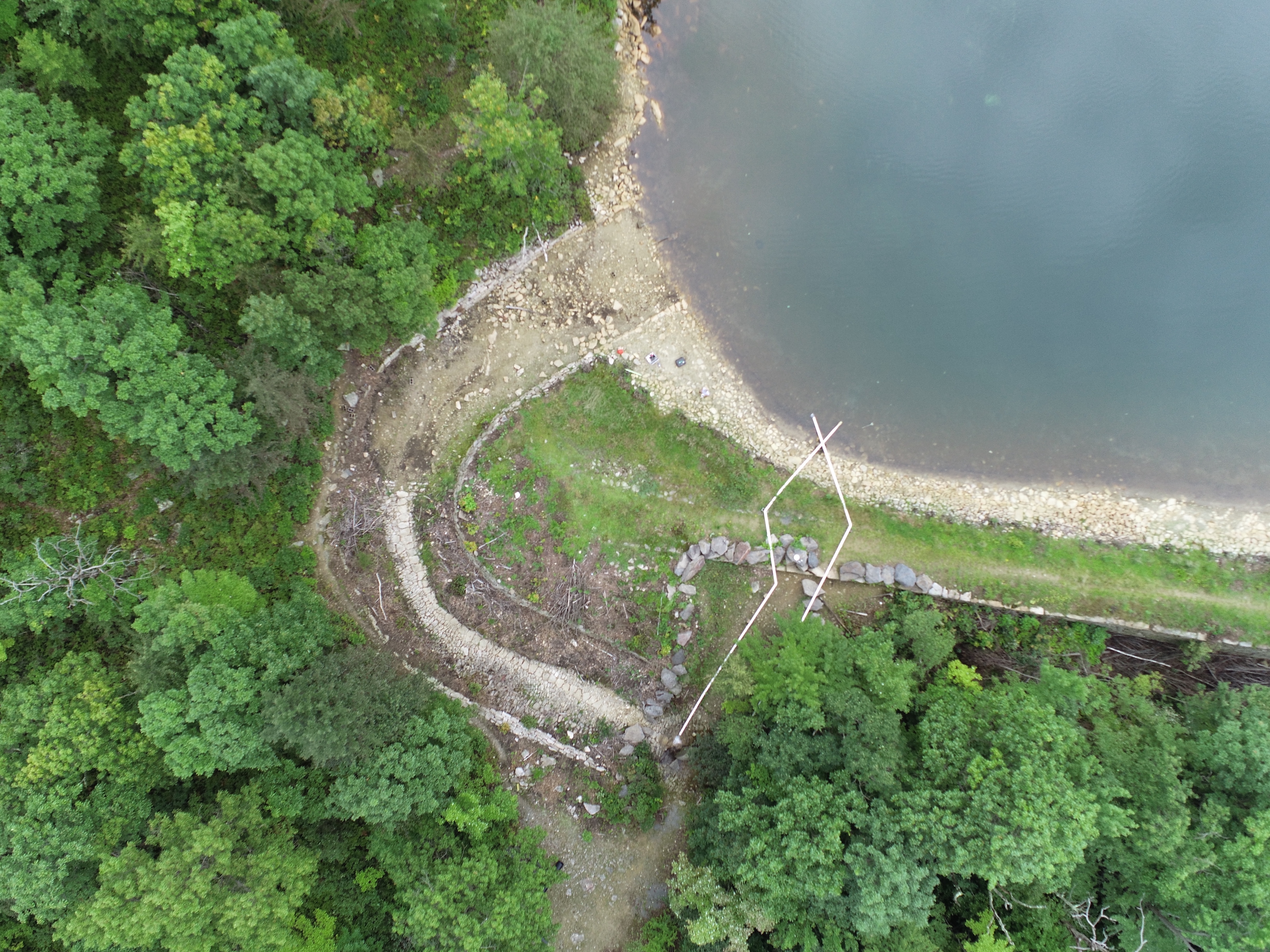
Dam Removal
TNC recently removed the aging O’Conner Reservoir and dam at the Dick & Nancy Eales Preserve at Moosic Mountain along the mountain’s upper ridge. The dam itself was at risk of failure and the pH level of the water was no longer conducive to aquatic species. TNC worked with local partners to perform a controlled demolition to lower the water level and allow the original stream to return to its original flow pattern.
After the dam was breached and the reservoir drained, TNC’s freshwater team was delighted to see that the original stream channel, which spent more than 100 years at the bottom of a reservoir, was still intact. The drained lakebed will now serve as a natural floodplain for Sterry Creek.
Land Protection
For decades, TNC has purchased land parcels in the Upper Delaware basin and maintained them or transferred them to other partners in the region to be conserved in perpetuity.
-
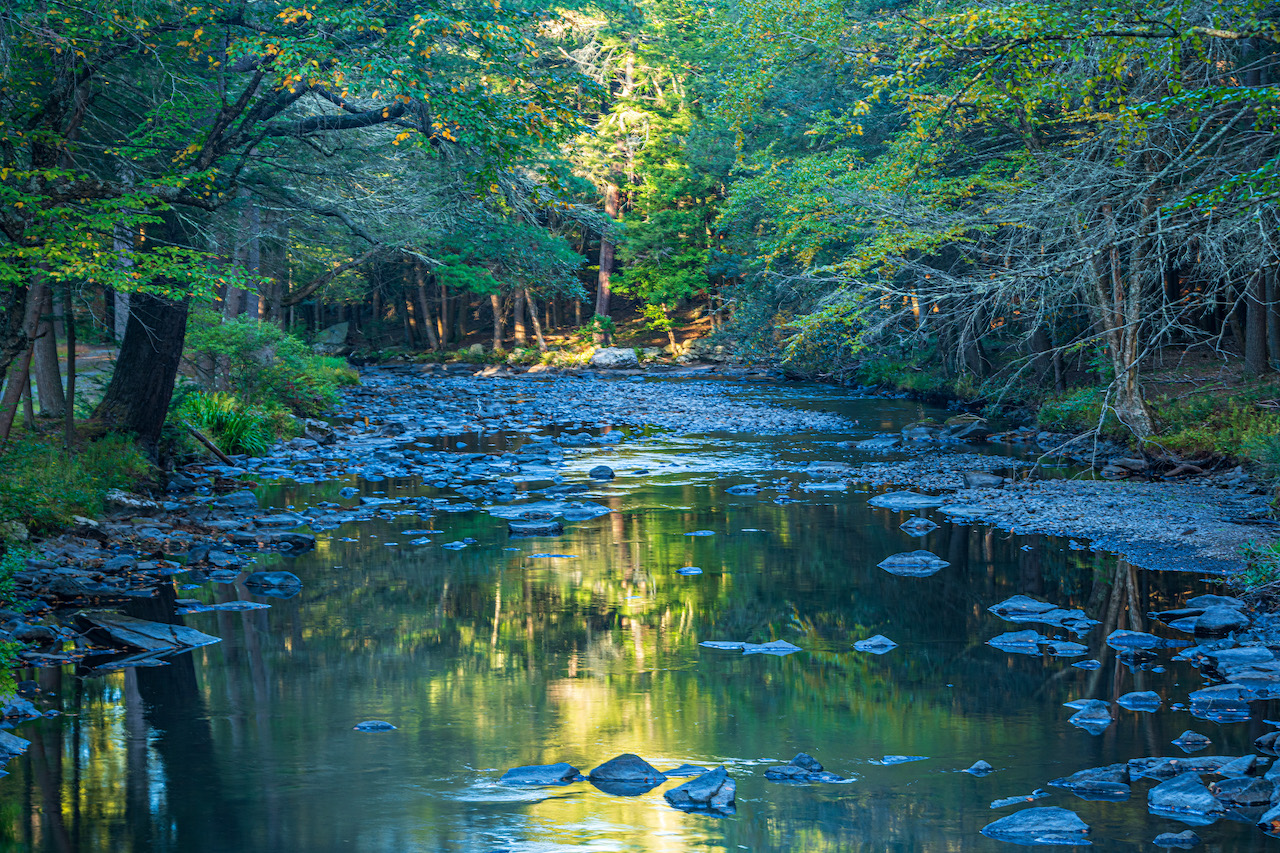
Shohola Creek
1,071 acres; transferred to Pennsylvania Game Commission for addition to State Game Land 180 Learn More
-
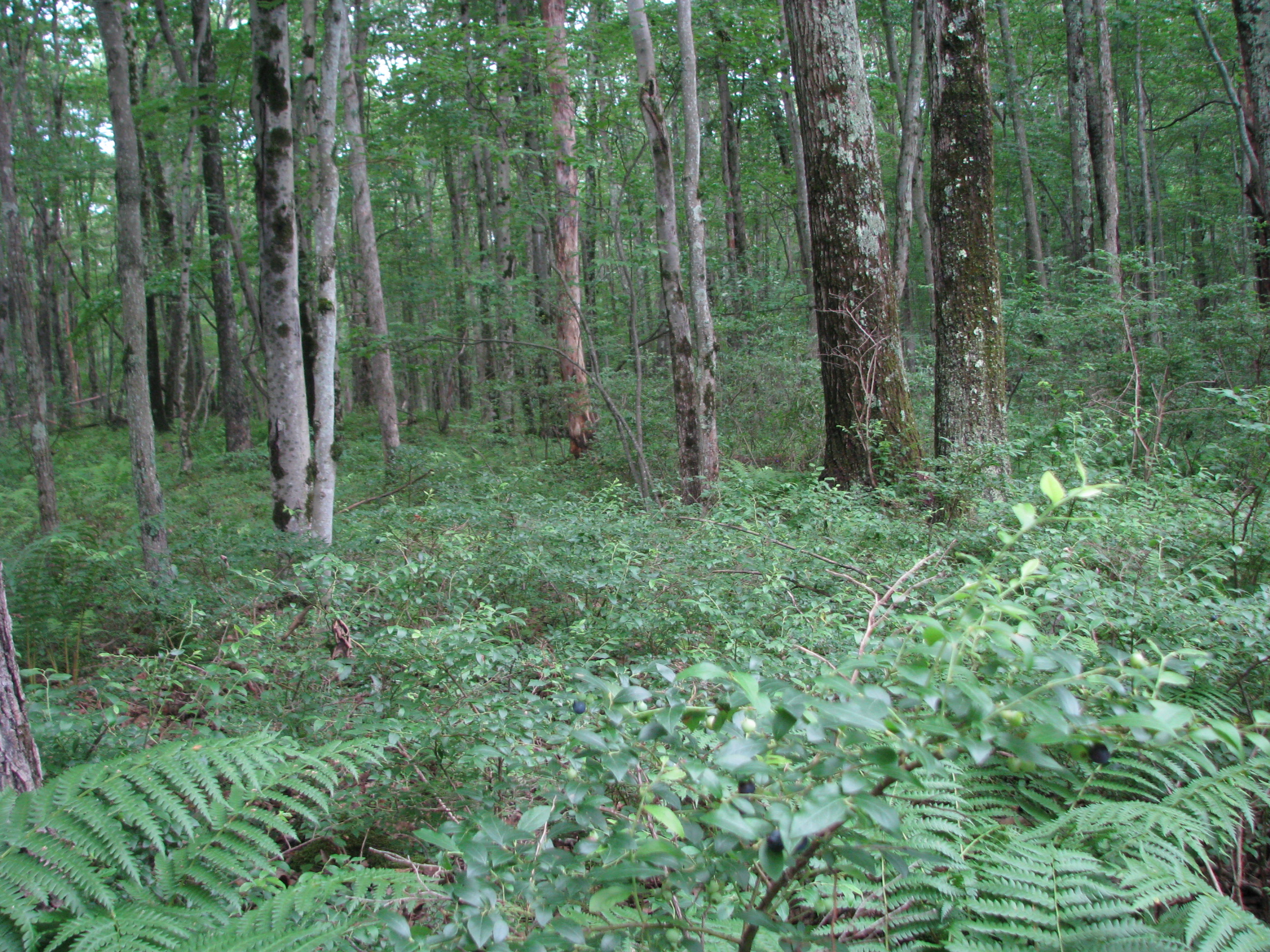
Bear Creek
240 acres, transferred to Pennsylvania Game Commission for addition to State Game Land 91 Learn More
-

Shohola Watershed
130 acres; transferred to Pennsylvania Game Commission for addition to State Game Land 116 Learn More
-
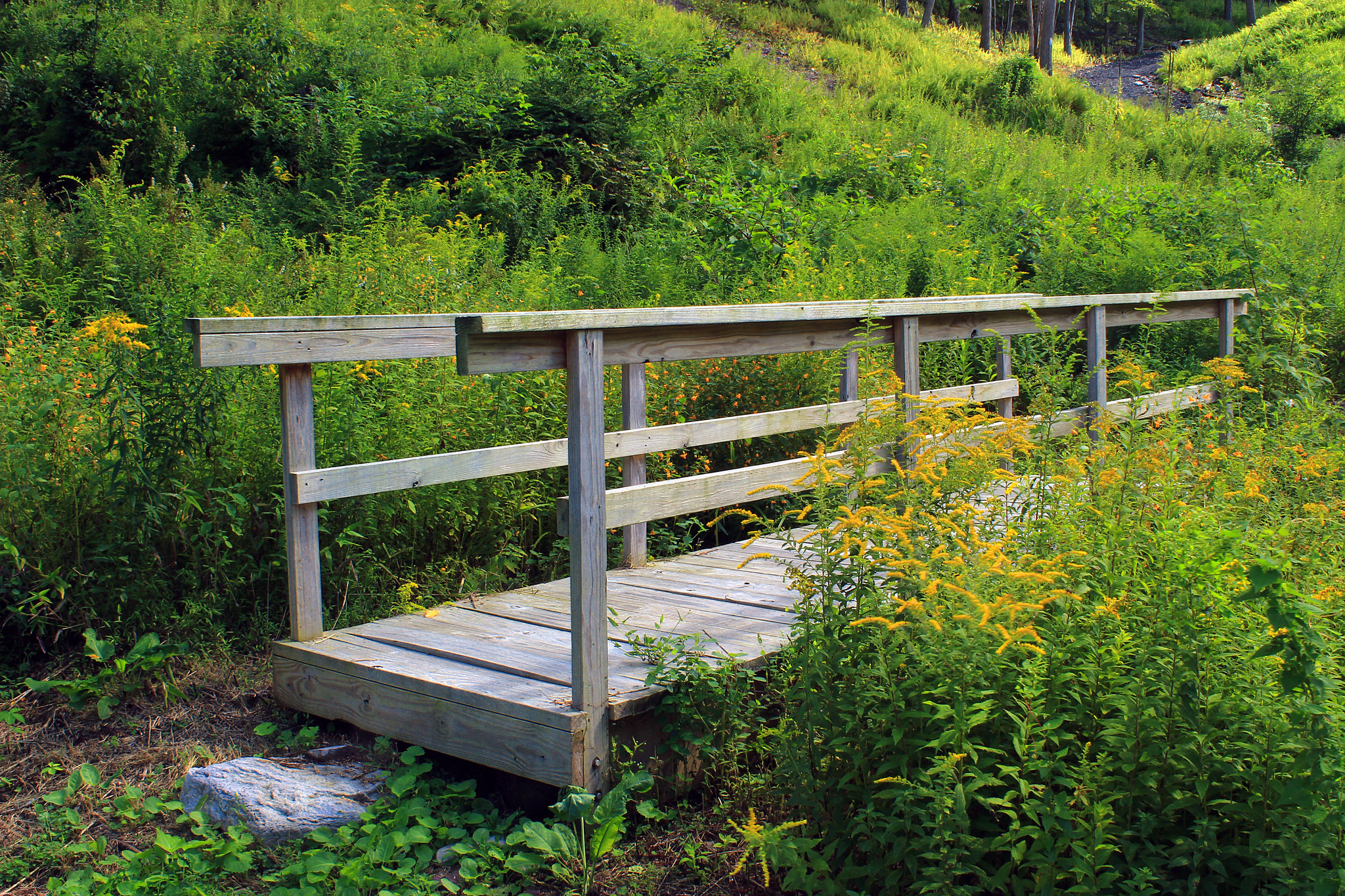
Harlacher / Cherry Valley
78 acres; transferred to US Fish and Wildlife Service for addition to the Cherry Valley National Wildlife Refuge Learn More
Chesapeake Bay Watershed
We are working in the Chesapeake Bay's largest tributary, the Susquehanna River, to implement practices that serve to keep this watershed healthy and sustainable.
The Chesapeake Bay’s watershed encompasses 64,000 square miles of streams and rivers, forests, farms and cities across six states. Every minute, almost 19 million gallons of freshwater flow into the Bay via its largest tributary, the Susquehanna River. The Susquehanna watershed covers more than half of the land area of Pennsylvania. Advancing wetland restoration and sustainable agricultural practices are critical to successfully meeting our freshwater goals for the Chesapeake Bay.
Sustainable Agriculture
Agriculture is part of Pennsylvania’s heritage and powers the state’s economy. It also represents one of the largest sources of nutrient and sediment pollution entering the Chesapeake Bay. In 2023, Sustainable Chesapeake, in collaboration with TNC and the PA 4R Alliance, received $1 million to advance practices that will reduce pollution by using manure and fertilizers more effectively over the next two growing seasons, influencing a total of over 4,000 acres.
Recently, 26 agricultural service providers participated in a Sustainable Agriculture Research and Education workshop that TNC advised. That cohort has since gone on to log 72 individual educational outreach conversations with farmers, influencing 58,459 total acres. In 2024, TNC will kick off a year-long dairy farm pilot project designed to incentivize reductions in milk-urea nitrogen. These reductions can increase cow feed efficiency, decrease feed expenses for farmers, and ultimately reduce nitrogen in urine and manure. The result: cost savings for farmers and cleaner water for the Chesapeake Bay.
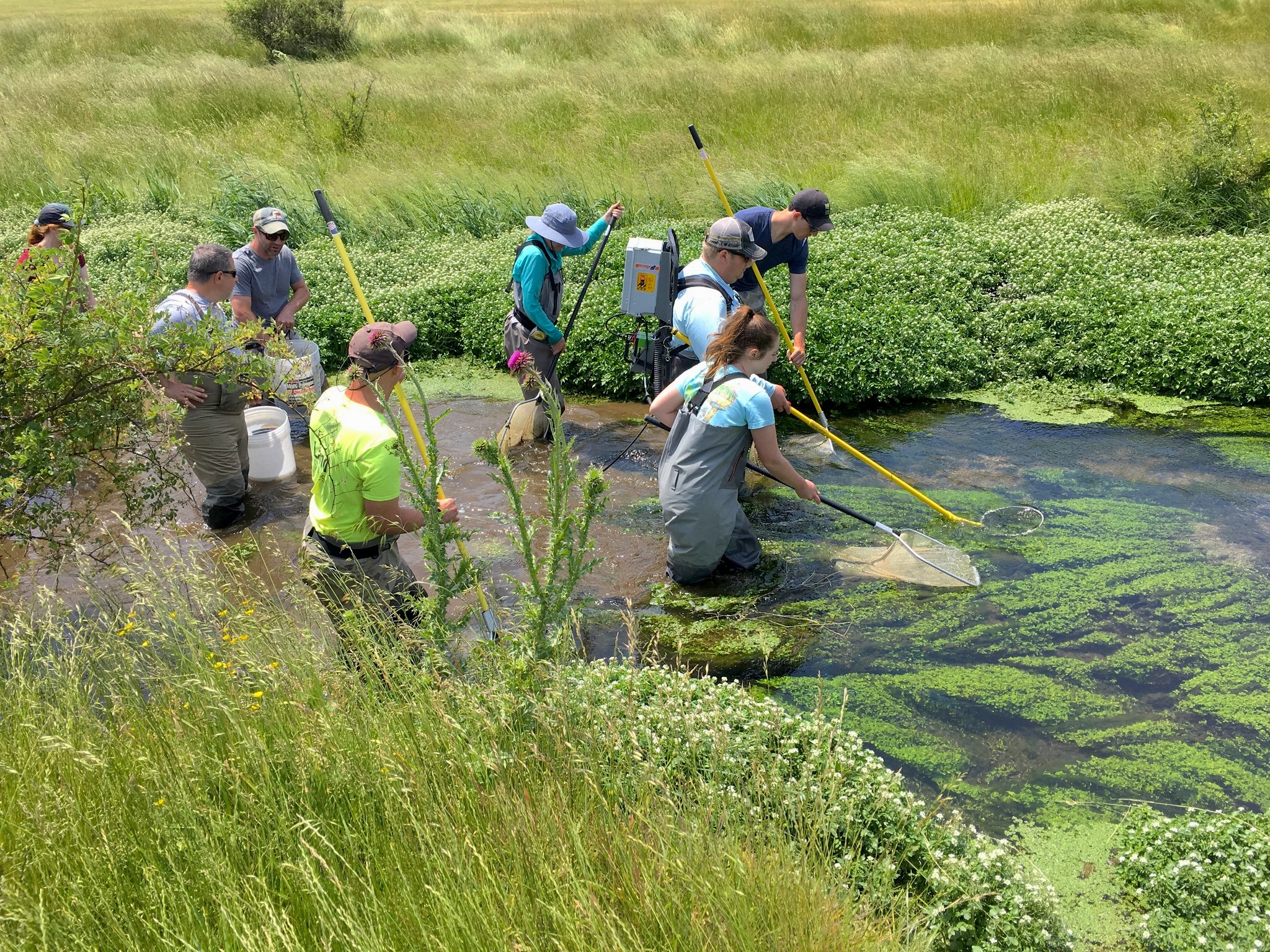
Brook Trout Survey
TNC is committed to advancing wetland and floodplain restoration efforts by collaborating with partners throughout the watershed. In Pennsylvania, TNC and our partners at Lancaster Farmland Trust have reached out to over 150 targeted landowners this year to gauge their interest in various restoration efforts that could improve water quality locally, and ultimately, in the Chesapeake Bay.
TNC is also a member of the Upper Hammer Creek Partnership which seeks to advance conservation in a priority watershed. Earlier this summer, TNC joined Trout Unlimited and the Pennsylvania Department of Environmental Protection in southern Lebanon County to perform brook trout surveys along Hammer Creek. The presence of brook trout indicates good water quality due to the specific conditions they need to live and breed.
The survey determined that the current conditions of the creek are sub-optimal for the trout. TNC is working to improve the species’ habitat, restoring wetlands and floodplains to cool streams and benefit the riparian ecosystem.
Philadelphia & Wilmington
Freshwater not only plays a critical role in forests, agriculture and coasts but also in cities like Philadephia, PA, and Wilmington, DE.

Green Stormwater Infrastructure
Stormwater is the fastest-growing source of freshwater pollution in the world. In a historic urban area like Philadelphia, the city has expanded and developed over hundreds of years on top of an old water system that is susceptible to stormwater overflow, flooding and pollution. Green stormwater infrastructure solutions — rain gardens, underground storage tanks, green roofs, and downspout planters — unlock the power of nature to help mitigate these urban conservation challenges. Read more about how TNC is incorporating stormwater mitigation solutions in Philadelphia.
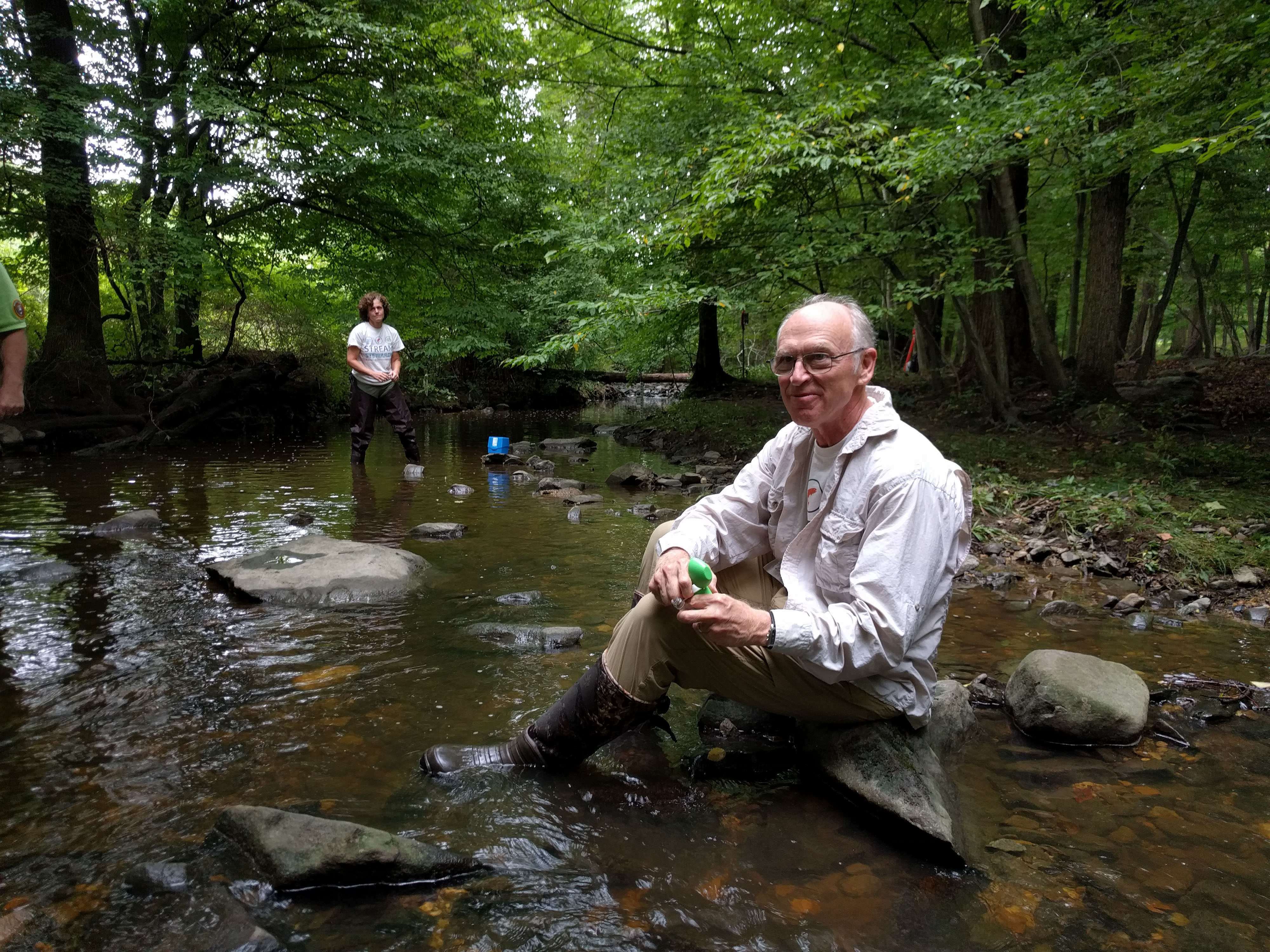
Stream Stewards
Stream Stewards is a community science program designed to engage people of all ages and backgrounds in watershed stewardship. Originally launched in 2016, Stream Stewards trains volunteers to engage with the scientific process by collecting water quality data from the streams that flow through First State National Historical Park (FRST) to Brandywine Creek. Brandywine Creek supplies 100% of the drinking water for Wilmington residents. When water runs off of surfaces with low permeability like paved roads, it carries contaminants that enter the streams that feed into Brandywine Creek. This run-off degrades the water quality and threatens this important resource, lowering its habitat value for wildlife and making it unsafe for activities such as fishing and swimming.
Through a partnership between TNC, the National Park Service and Stroud Water Research Center, and with funding from the William Penn Foundation and the Ernest E. Stempel Foundation, the Stream Stewards program is engaging community scientist volunteers in data collection that will help to address these water quality issues. In 2023, program volunteers celebrated another successful year of water quality monitoring work in the Brandywine-Christina watershed.
Through a partnership between TNC, the National Park Service and Stroud Water Research Center, and with funding from the William Penn Foundation and the Ernest E. Stempel Foundation, the Stream Stewards program is engaging community scientist volunteers in data collection that will help to address these water quality issues. In 2023, program volunteers celebrated another successful year of water quality monitoring work in the Brandywine-Christina watershed.
Wetlands in Southern Delaware
Freshwater wetlands are a vital part of the landscape. They reduce the impacts of heavy rains by storing floodwaters, recharge groundwater reserves and filter excess nutrients and pollutants to provide clean water. They also help build resiliency against the impacts of a changing climate. They are also dynamic and vibrant places where an incredible web of life exists in careful balance. Yet Delaware is estimated to have the highest percentage of pollution-impacted rivers and streams in the U.S., which can harm our drinking water, our biodiversity, and the natural spaces we cherish.
Recently, in collaboration with the Delmarva Wetland Partnership, TNC conducted a survey of wetland landowners in the Delmarva region whose properties had been identified as priority areas for restoration. An ecological targeting model identified the properties as areas where wetland and adjacent upland restoration could provide the most benefits without impacting prime agricultural areas.
The results found:
-
75%
Agreed that wetlands help reduce the impact of flooding
-
94%
Agreed that wetlands can help protect wildlife
-
86%
Expressed at least some interest in restoring their land
-
84%
Felt these natural spaces were beautiful
-
65%
Reported never being contacted about possible restoration
The results will guide future outreach efforts as the coalition focuses on engaging landowners to voluntarily restore wetlands on the Delmarva peninsula.
Stay in Touch
Sign up to receive monthly e-mail conservation news & updates from your state.
